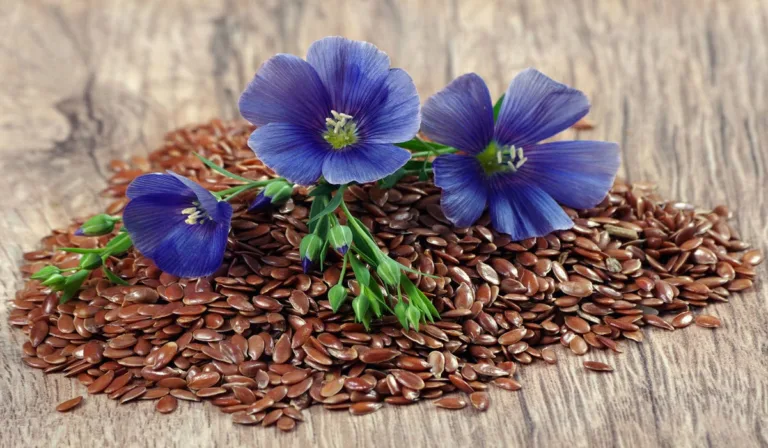Flax seeds, also known as linseeds, are a nutritious and versatile crop that can be grown in many different environments. These tiny seeds are packed with essential nutrients such as omega-3 fatty acids, fiber, and lignans, making them an excellent addition to any healthy diet. Growing flax seeds can be a rewarding experience, and in this article, we will explore how to grow flax seeds, how flax seeds should be eaten, how flax seeds gel helps to hair growth and flax seeds benefits.
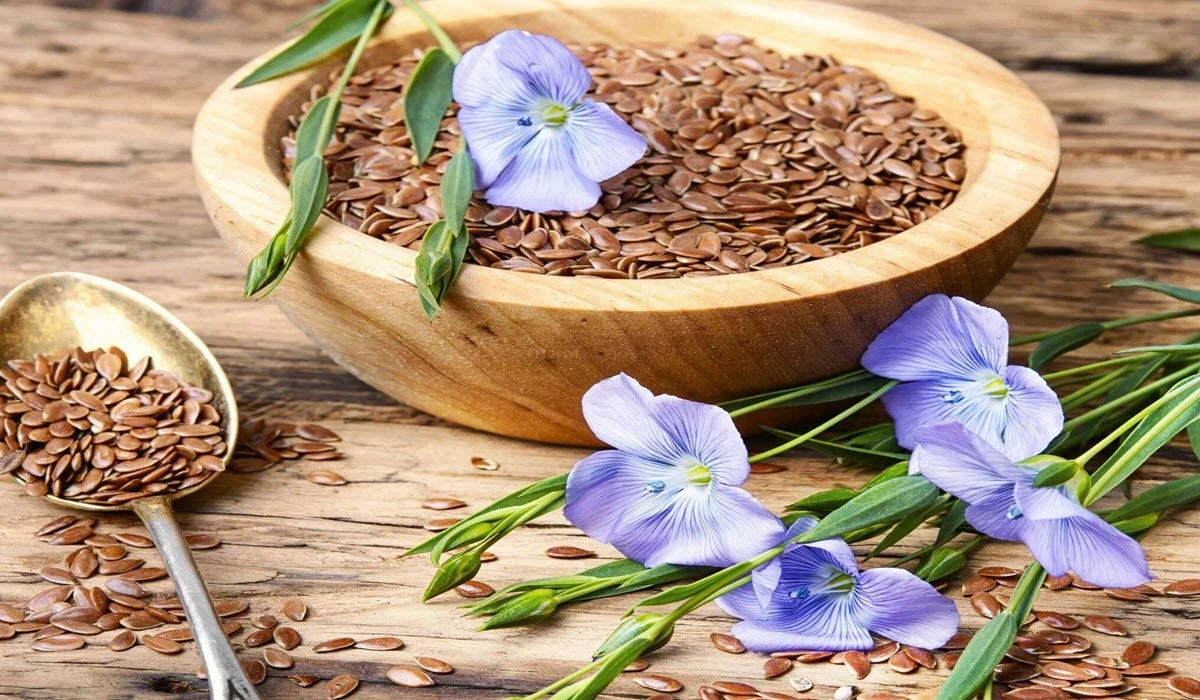
Choose the Right Variety of Flax Seed
Flax seeds come in different varieties, and it’s essential to choose the right one based on your location and growing conditions. There are two main types of flax seeds: fiber flax and oilseed flax. Fiber flax is grown for its long and sturdy fibers, while oilseed flax is grown for its oil content. Make sure to choose the right variety based on your desired outcome and growing conditions.
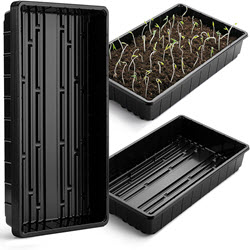
|
Mr. Pen- Plastic Growing TraysTMr. Pen- Plastic Growing Trays, 5 Pack, Black, Plant Tray, Seed Tray, Seedling Tray, Propagation Tray, Plant Trays for Seedlings, Planting Trays, Microgreens Growing Trays, Seedling Starter Trays |
Prepare the Soil to Grow Flax Seeds
Flax seeds require well-drained, fertile soil with a pH of 6.5 to 7.5. It’s important to prepare the soil before planting by removing any weeds and adding organic matter such as compost or well-rotted manure. Flax seeds prefer a loose, sandy loam soil, so make sure to loosen the soil to a depth of at least 6 inches.
Plant the Seeds
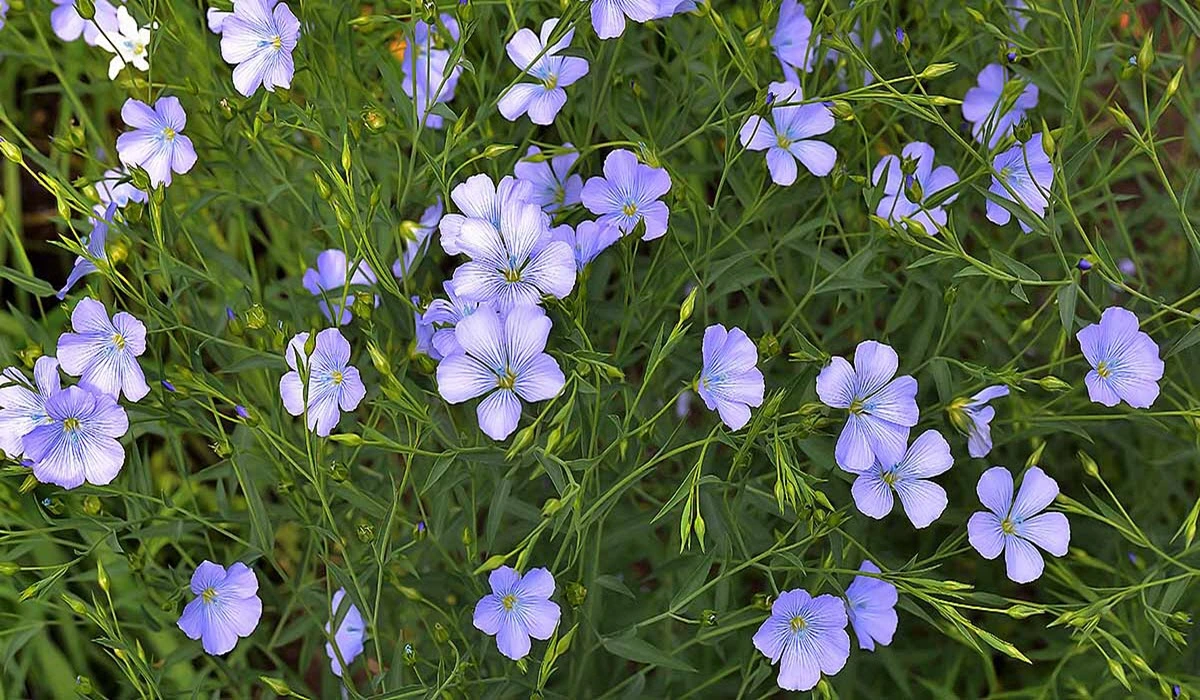
Flax seeds are usually planted in the spring when the soil temperature reaches around 10°C. Plant the seeds in rows, spacing them about 6 inches apart, and about 1/4 to 1/2 inch deep. Water the seeds immediately after planting to ensure good germination.
Water and Fertilize
Flax seeds require consistent moisture throughout their growing season, especially during the flowering stage. Water the plants regularly, especially during dry spells. Fertilize the plants with a balanced fertilizer, such as 10-10-10, once every three weeks.
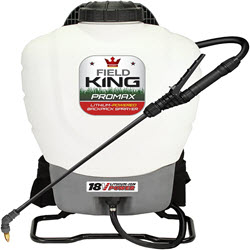
|
Battery Powered Backpack SprayerThe Field King pro Max 190515 lithium-ion battery powered 4 gallon backpack sprayer consists of an ergonomic design modeled after the existing Field King 190328 no-leak pump backpack sprayer. With integrated battery storage, this design ensures the equipment is protected from the elements & liquids during filling & spraying. |
Control Pests and Diseases
Flax seeds are susceptible to pests and diseases such as damping-off, rust, and powdery mildew. It’s essential to monitor your plants regularly and take action immediately if you notice any signs of disease or infestation. You can use organic methods such as neem oil or insecticidal soap to control pests and diseases.
Harvest and Store
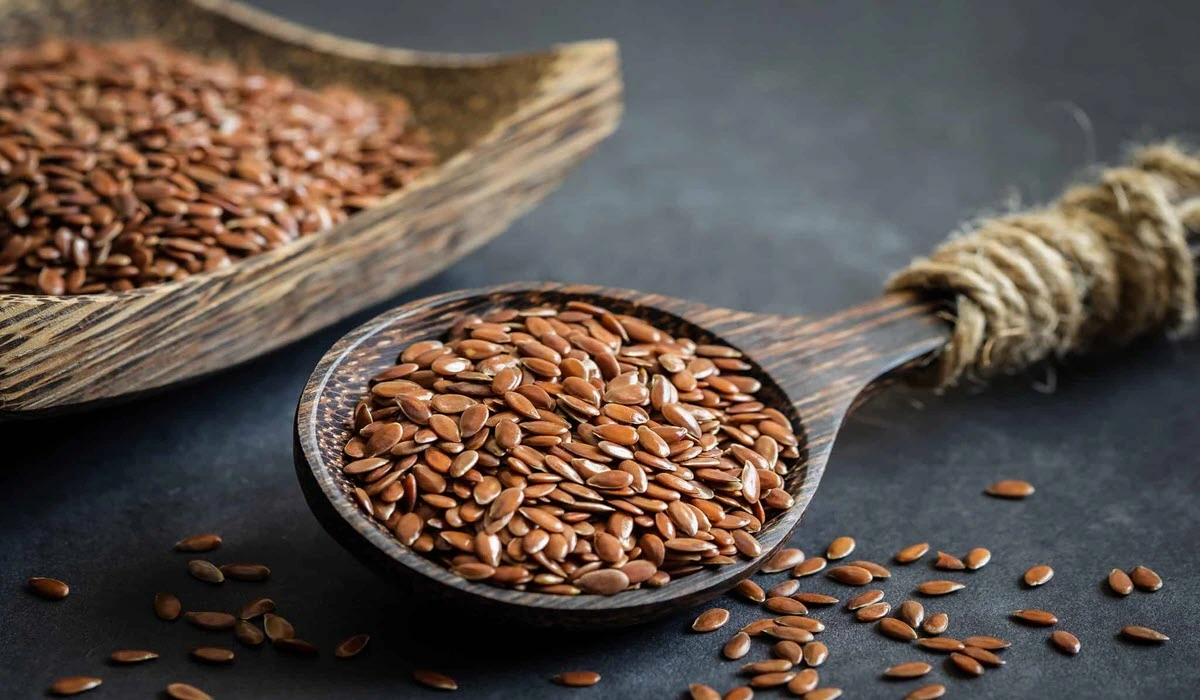
Flax seeds are ready to harvest when the lower part of the stem turns yellow and the seed heads start to turn brown. Pull the plants out of the ground and allow them to dry in a warm, dry place for a few days. Once the seed heads are dry, thresh the seeds by rubbing them between your hands or using a flail. Store the seeds in an airtight container in a cool, dry place.
Health Benefits of Flax Seeds
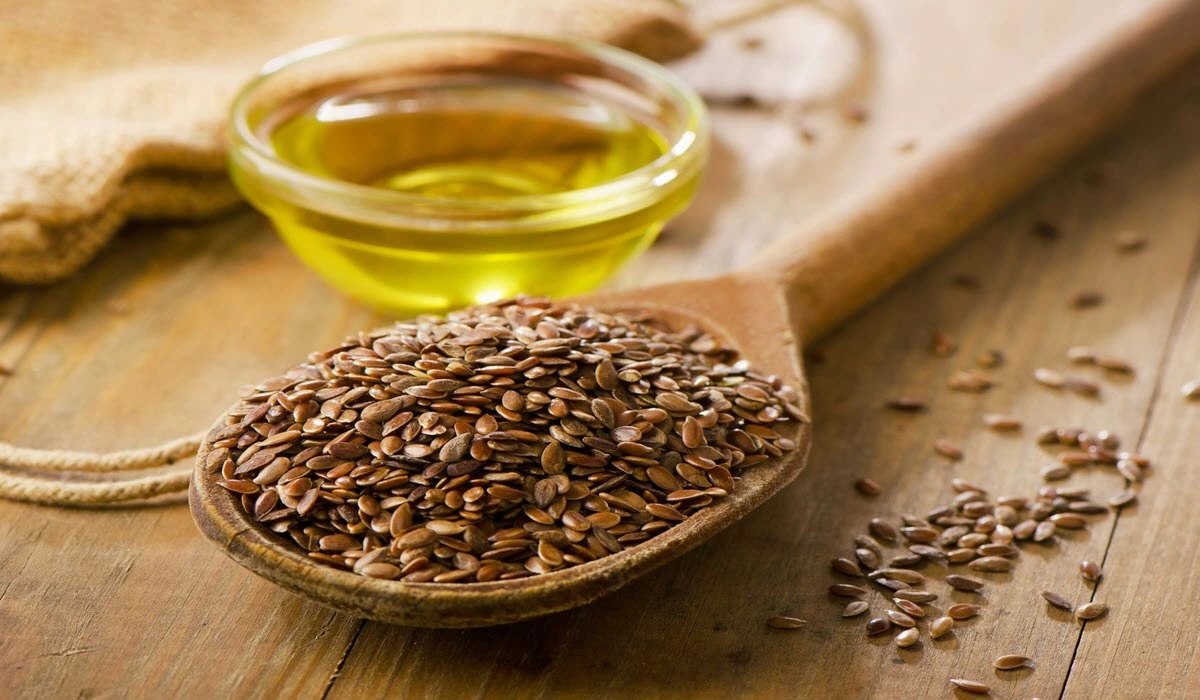
High in Fiber
Flax seeds are an excellent source of both soluble and insoluble fiber. Soluble fiber helps to regulate blood sugar levels and lower cholesterol levels, while insoluble fiber promotes regularity and bowel health. Just two tablespoons of flax seeds contain about 4 grams of fiber.
Lowers Cholesterol Levels
Studies have shown that flax seeds can help to lower cholesterol levels, especially in people with high cholesterol levels. The high fiber and omega-3 fatty acid content in flax seeds are responsible for this benefit.
Helps to Reduce Inflammation
Inflammation is a natural response to injury or infection, but chronic inflammation can lead to many health problems, including heart disease, cancer, and diabetes. Flax seeds contain lignans, which are antioxidants that help to reduce inflammation in the body.
May Help to Prevent Cancer
The lignans in flax seeds may also help to prevent certain types of cancer, such as breast cancer, prostate cancer, and colon cancer. Studies have shown that lignans can help to reduce the growth of cancer cells and prevent the formation of new cancer cells.
Helps to Improve Digestion
Flax seeds are rich in both soluble and insoluble fiber, which helps to promote regularity and improve digestive health. The fiber in flax seeds also helps to feed the good bacteria in the gut, which can lead to better overall health.
In conclusion, grow flax seeds at home can be a fun and rewarding experience. By following these tips and tricks, you can ensure a successful harvest of nutritious and delicious flax seeds. Remember to choose the right variety, prepare the soil, plant the seeds, water and fertilize, control pests and diseases, and harvest and store properly. Happy growing!

